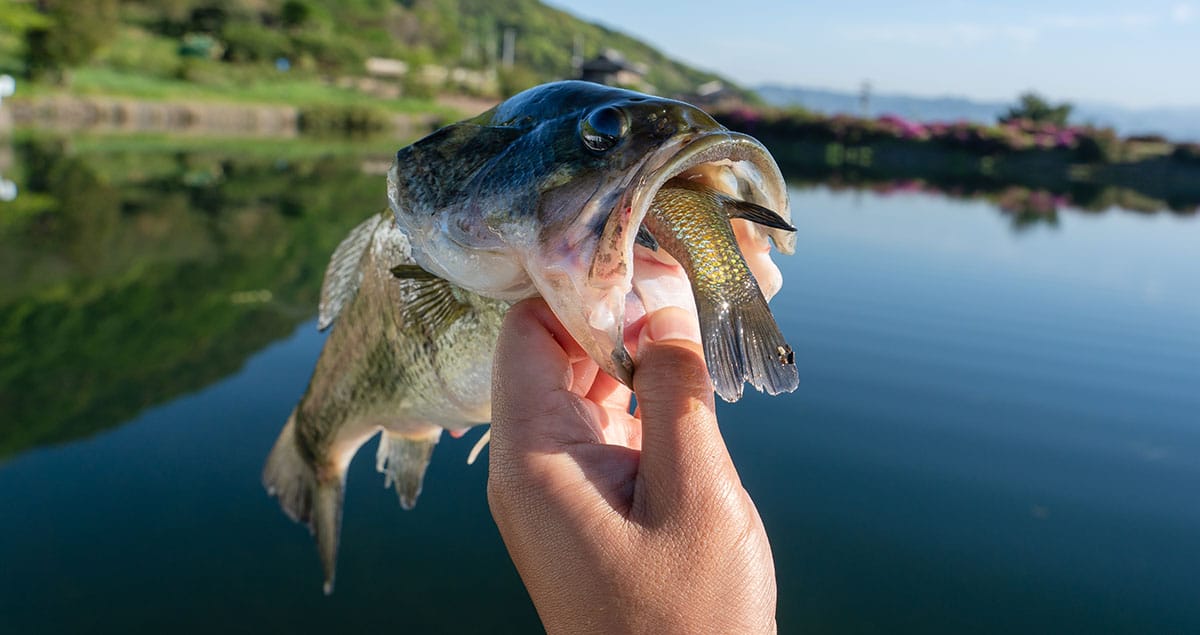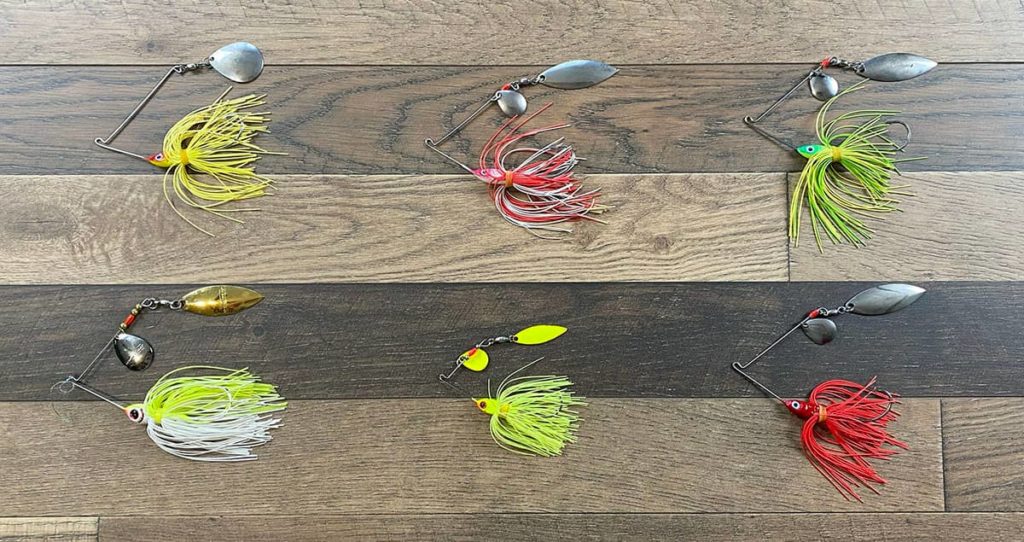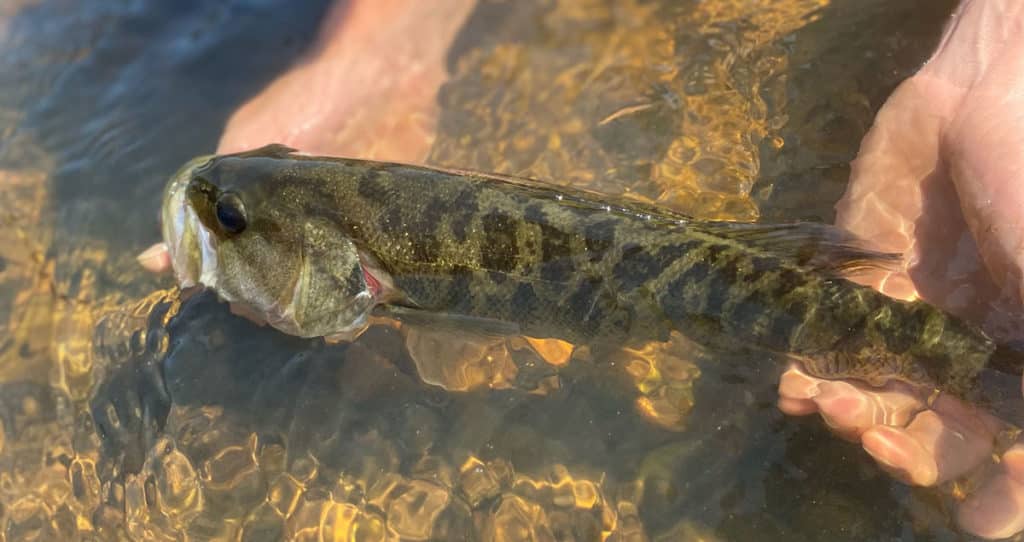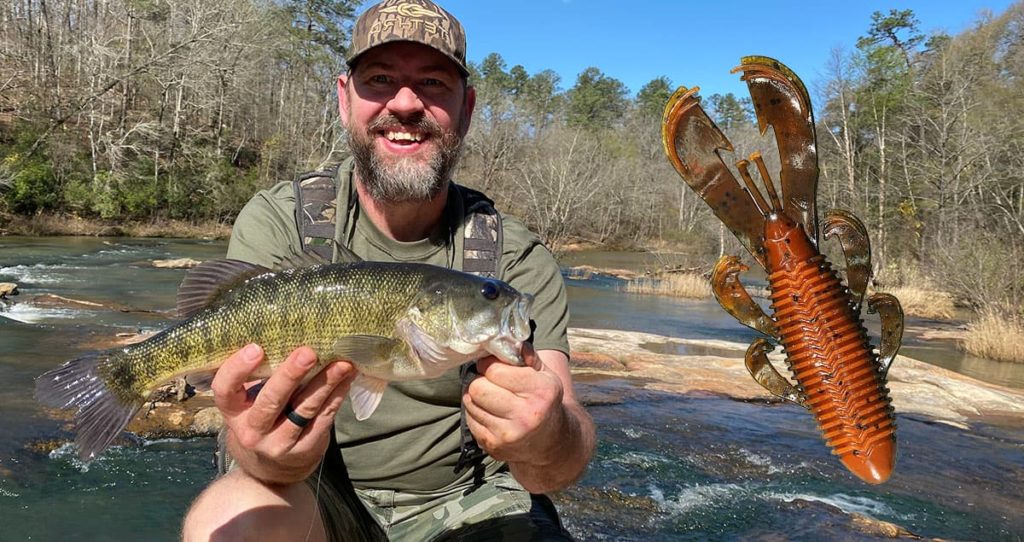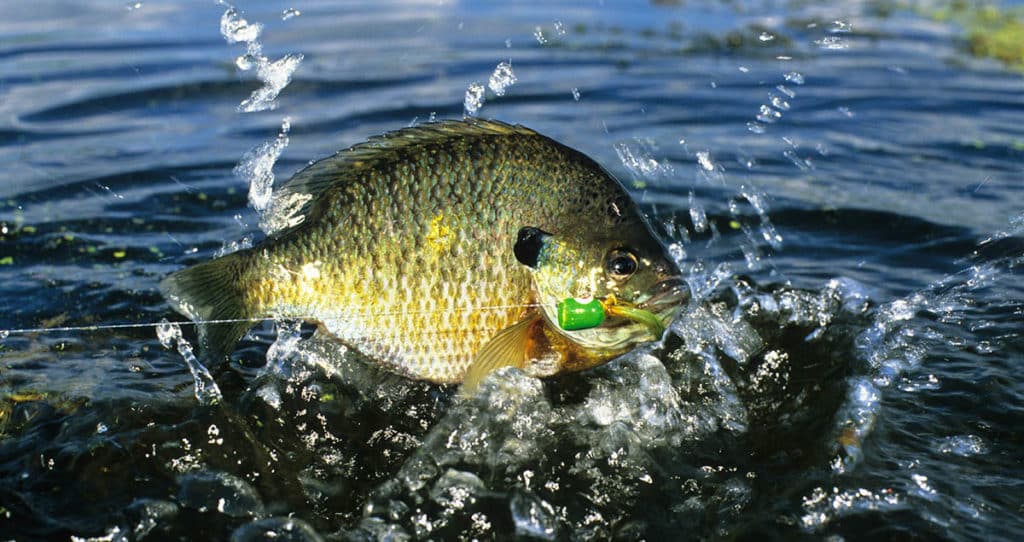When it comes to eating freshwater fish, it’s hard to beat the mild flavor of a bluegill’s flaky, white meat. But it’s not just us humans that love to eat bluegill. Bluegill are an important prey species for a variety of other mammals and fish.
In this article, we’re going to focus on why bluegill are such a popular prey species, which types of fish eat bluegill, sunfish, and other bream, and how to reduce bluegill predation if you have a fishing pond you’re managing.
Why Bluegill Are a Popular Prey Species
The relatively small size of bluegill, sunfish, and other bream, and their ability to produce lots of offspring, make them a popular food source for plenty of fish species. Bluegill eggs, larvae and young-of-the-year (less than a year old) are especially vulnerable to being eaten.
Which Fish Eat Bluegill
Female bluegill can spawn up to three times a year, producing as many as 80,000 eggs per spawn. Ironically, one of the biggest predators of those abundant eggs are other bluegill. But bass, catfish, and carp will also take advantage of an easy meal of bream eggs.
As those eggs hatch and develop into small fish, the list of fish predators grows to include bass, catfish, other bluegill, perch and crappie. To avoid being an easy meal, young bluegill often stay in or around aquatic vegetation or other underwater structure where they feel more secure.
Once fully grown, bluegill and sunfish are much less susceptible to fish predation. Their overall height, spiny dorsal fins, and ability to move quickly protects them from all but the largest and most aggressive fish.
At this adult stage, they may still be eaten by larger fish species. Largemouth bass are probably the most prolific predator of bluegill here in the South, but they’re also eaten by smallmouth bass, striped bass, shoal bass, and catfish. Further north, musky and walleye are also prolific bluegill predators.
How to Reduce Bluegill Predation
The best way to reduce the threat of predation to bluegill and sunfish is to provide aquatic vegetation and underwater structure for the fish to hide in and around. Standing timber, brush piles, and manmade fish attractors can all provide bream with some level of protection from large predator fish.
Summary
It’s not easy being a bluegill. Their small size makes them a favorite food item for lots of other fish species. Their strength is in their abundance. The ones fortunate enough to make it to adulthood have a much lower chance of being eaten by another fish…but a much higher likelihood of ending up on a dinner plate!

